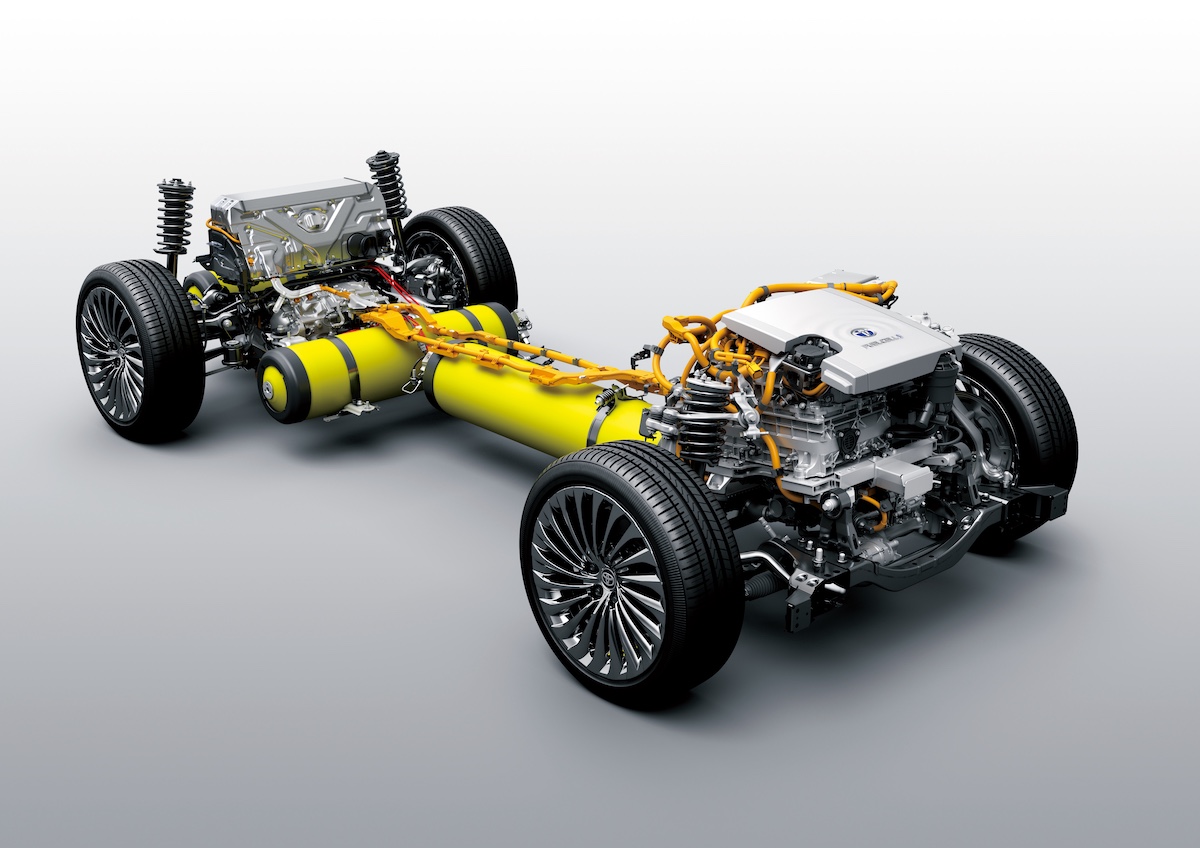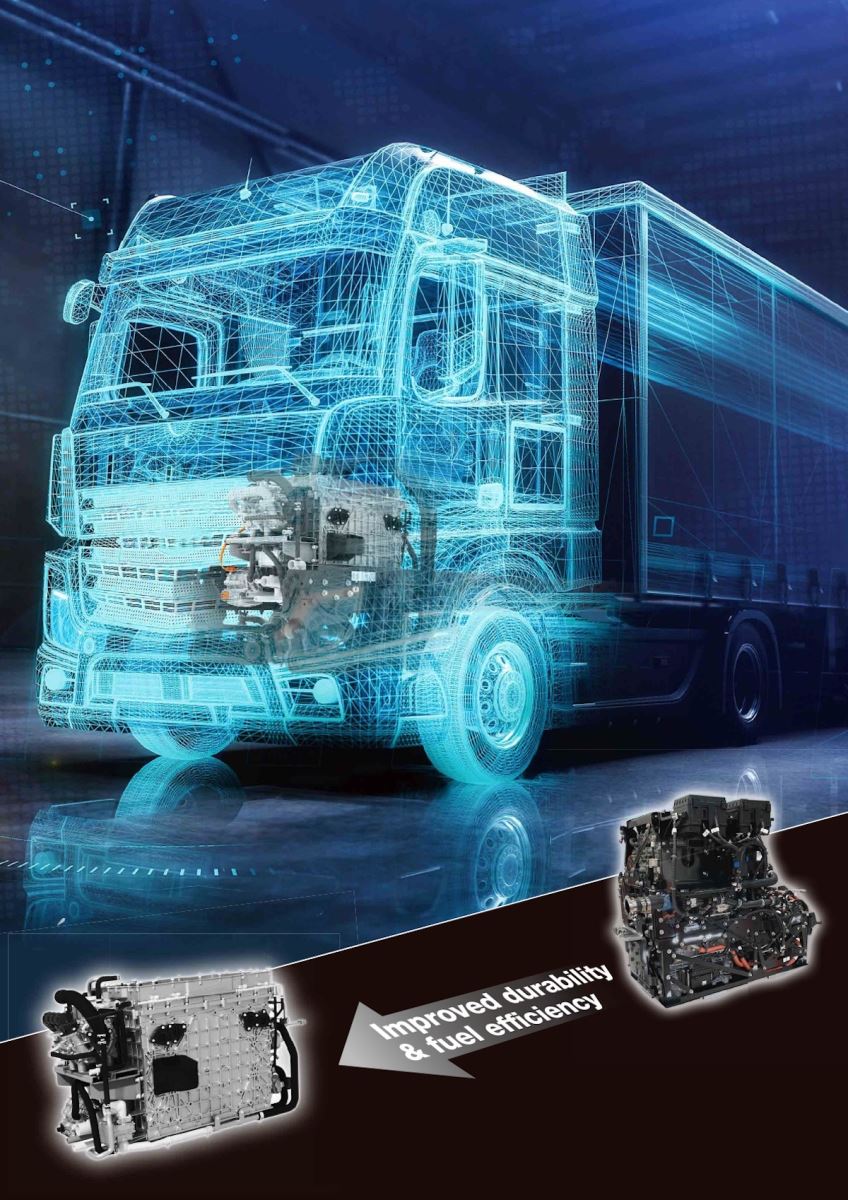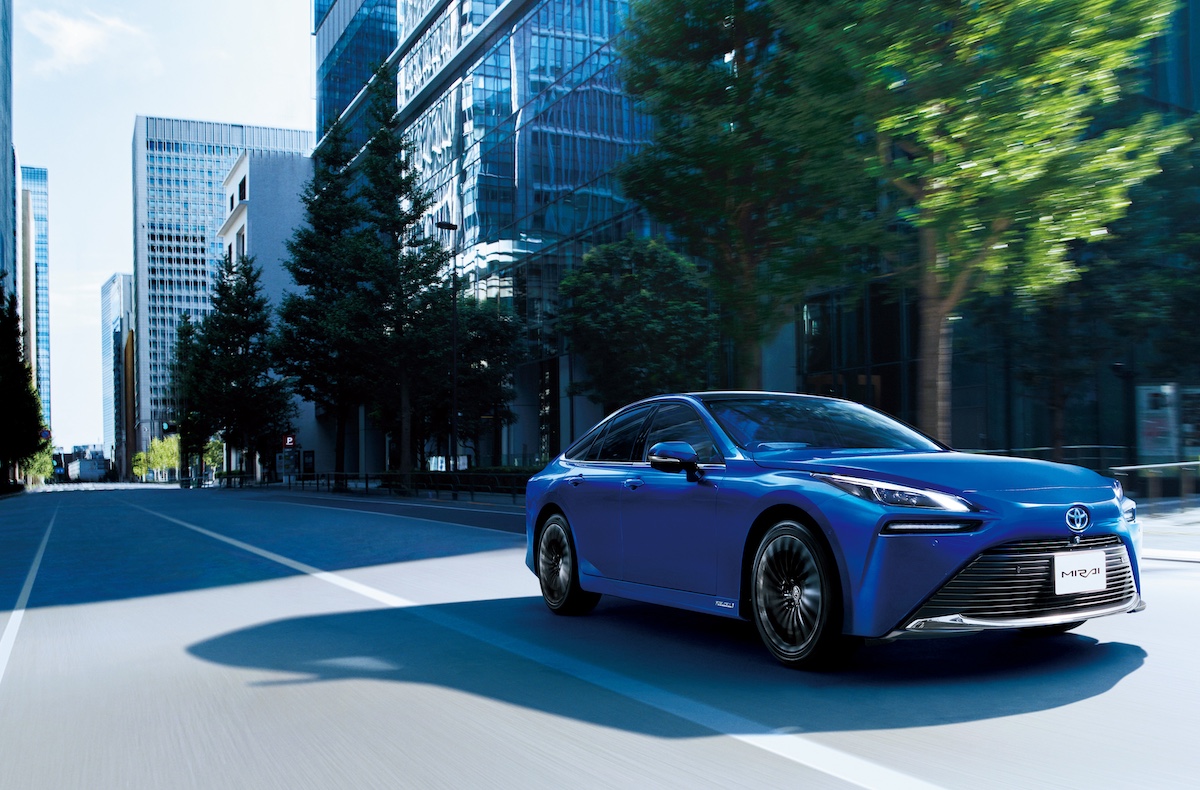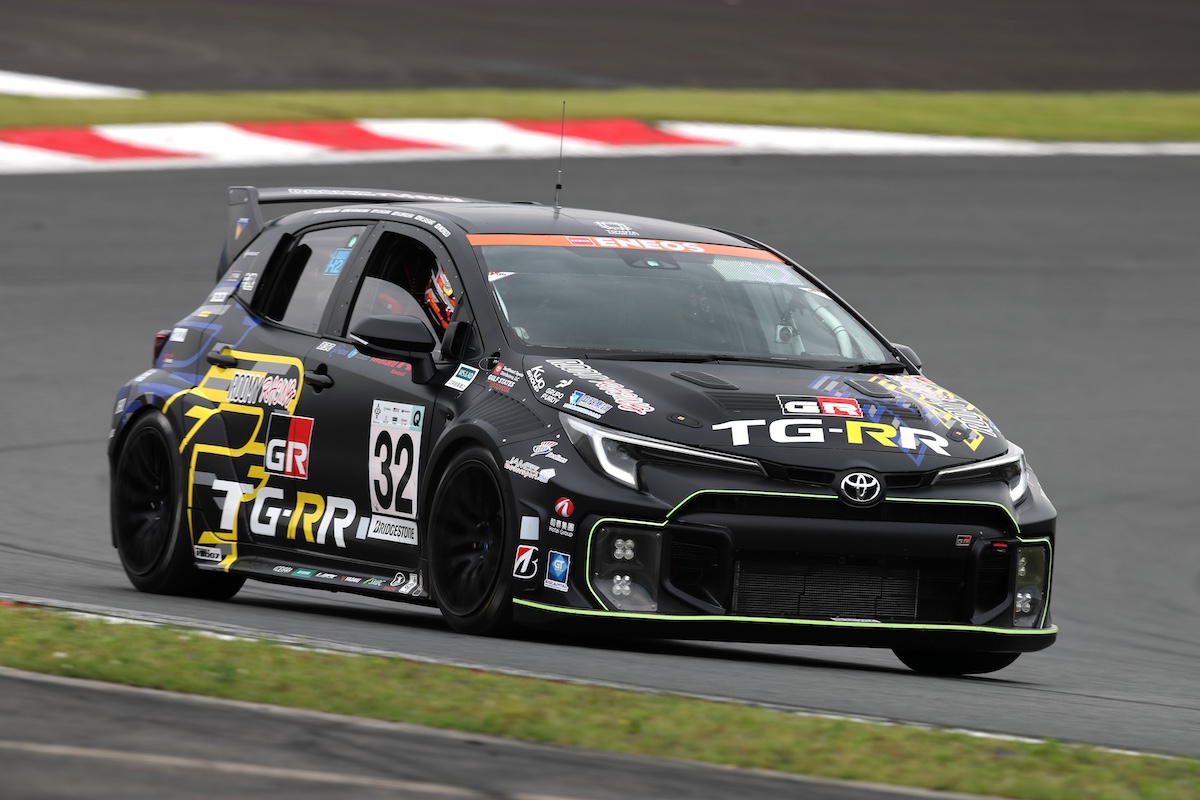Earlier this year, the French government launched a consultation process regarding its 2030 mandate for hydrogen to account for 1.5% of transport fuels, including potential penalties for non-compliance. In India, industrial giants like Reliance and Tata Motors have begun investing in hydrogen engine development, signaling that many countries are now integrating hydrogen into their long-term transport energy strategies.

Japan’s Ministry of Economy, Trade and Industry (METI) plans to implement the subsidy program at hydrogen refueling stations in five priority locations across six administrative regions. The goal is to narrow the cost gap between hydrogen and traditional diesel fuel, thereby creating stronger economic incentives for commercial vehicles to adopt hydrogen power. Ultimately, the policy aims to facilitate an energy transition and support the nation’s push toward carbon neutrality.

The subsidy will be paid directly to hydrogen station operators to help offset the cost of hydrogen procurement. In return, these operators are required to pass the savings on to consumers by lowering refueling prices, making it more cost-effective to operate fuel cell trucks and buses. Official estimates suggest the subsidy could cover up to 75% of the price difference. For large fuel cell trucks, this could translate into savings of approximately ¥21,000 (around NT$4,338) per refueling, significantly easing the fuel cost burden for vehicle owners.

On the automotive front, Japanese manufacturers are proactively advancing hydrogen technology and its commercial applications. Toyota, for example, introduced its third-generation hydrogen fuel cell system in February this year, claiming it is twice as durable as the previous version with improved fuel efficiency. Since its debut in 2014, Toyota’s flagship hydrogen fuel cell vehicle, the Mirai, has sold over 28,000 units in major global markets, reflecting growing consumer acceptance and interest in hydrogen-powered vehicles.

This new policy not only highlights the Japanese government's commitment to green energy and carbon reduction, but also aligns with the global trend of hydrogen-based transportation. The subsidy is expected to stimulate market activity, lower the barriers to hydrogen fuel adoption, and boost the development of the hydrogen-powered commercial vehicle sector. It may also catalyze technological upgrades and expanded investments across the broader hydrogen industry value chain. As hydrogen costs continue to fall and industrial capacity grows, hydrogen fuel cell vehicles are poised to play an increasingly vital role in the future of global transportation.